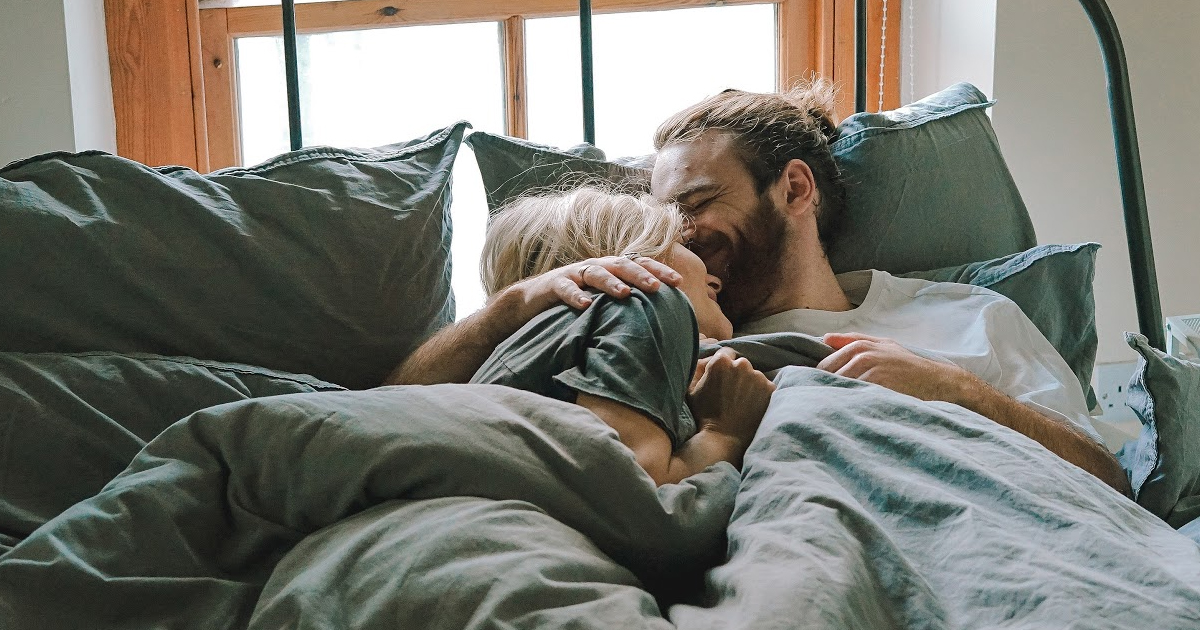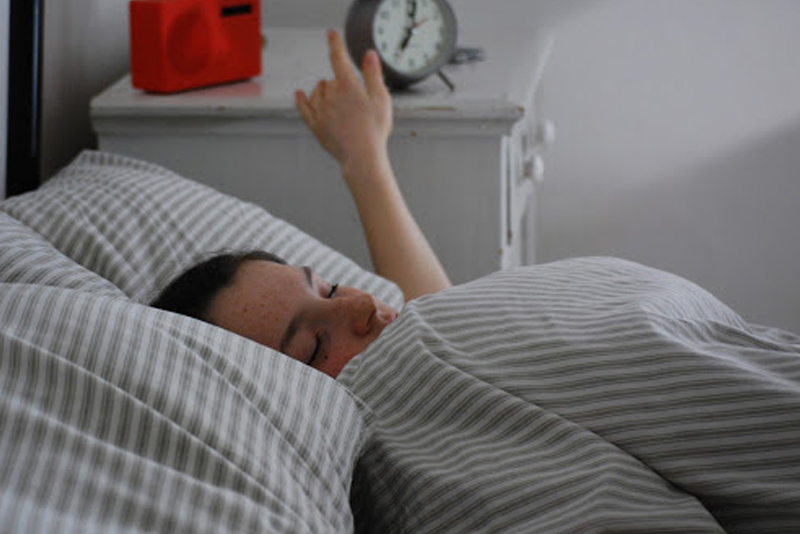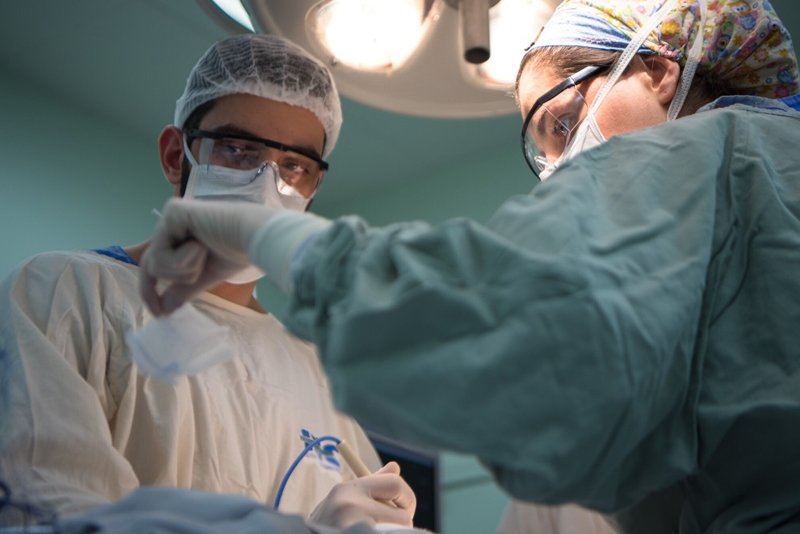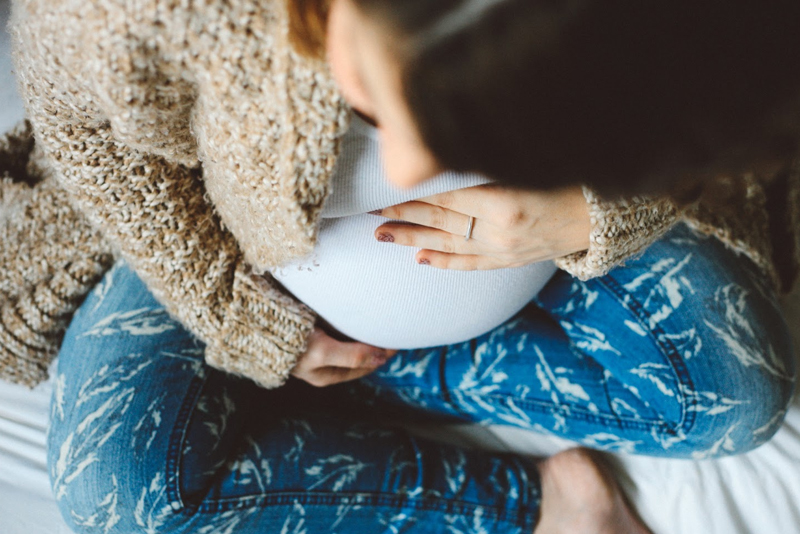Supine Position – The Importance of the Supine Position. The word “supine” refers to lying on your back. Those who are in the health industry, such as physical therapists and clinicians, often use this term to indicate a specific position.
Supine Position Definition
Variations Of The Supine Position
Disadvantages Of Supine Position
How Your Sleeping Position Affects Obstructive Sleep Apnea
Supine Position During Surgery Or Imaging
Physiologic Changes In Supine Positioning
Supine Position Versus Prone Position
What You Need To Know About Supine Infant Positioning
Is The Supine Position Good For Giving Birth?
Here are some examples of the Supine Position outside of laying in bed:
Therapists
Therapists or even personal trainers who teach core stabilization workouts to patients may direct them to lie in a supine position. Your therapist or personal trainer can provide instructions on strengthening core muscles, such as the lumborum muscle, located deep in the abdomen. The supine position also makes it easier for health care practitioners to examine their patients properly.
Technicians
Technicians, such as x-ray technicians, must also be aware of the different positions as defined in medical terminology. In radiology, the supine position implies that the patient is lying down with the X-ray being taken parallel to the horizon [6].
During surgery
In an operating room, patients that must be in a supine position often have their upper extremities elevated on pillows to avoid complications of being in this position, such as compartment syndrome [7].
Some anesthesiologists working in conjunction with their surgeon will provide a lumbar plexus block to alleviate elderly patients from severe hip pain. The procedure can be done in a supine position that is guided by ultrasound. The block is also given as a precursor to hip surgery or in tandem with other nerve blocks [8].
Claude Dixon, a leader in colorectal surgery, recognized the importance of the supine position. He developed the “Dixon surgery” that deals with anterior resection of the colon for tumor removal[ 9]. However, not all colorectal surgeries take place in this position. A sigmoid colectomy takes place in a lateral decubitus position [10].
Lumbar puncture procedure
Patients who are to undergo a lumbar puncture lie in this position to help the body re-establish their blood circulation. Also, the cerebral pressure that may be created during a lumbar puncture may lead to headaches which can be prevented by lying in the supine position.
CPR
Patients are placed in the supine position for CPR. The position allows the best access to the respiratory and cardiac systems, especially in cases when the rib cage must be broken in order to get better access.
Women who are to undergo a cesarean delivery also lie in a supine position with pillows to help with proper positioning.
Supine Position Definition
Variations Of The Supine Position
Disadvantages Of Supine Position
How Your Sleeping Position Affects Obstructive Sleep Apnea
Supine Position During Surgery Or Imaging
Physiologic Changes In Supine Positioning
Supine Position Versus Prone Position
What You Need To Know About Supine Infant Positioning
Is The Supine Position Good For Giving Birth?
Supine Position Directional Terminology
There are many specific medical terms that refer to positions. It’s crucial that those who work in the medical field, whether as a surgeon or therapist, know exactly what part of the body is being referenced. Here are some common terms and their definitions.
Supine Position Definition – A supine position is when a person is lying on their back with their face facing upwards. The technical supine definition means that a person’s dorsal (back) side is down while the ventral (abdominal) side is facing up [1].
A prone position means that you are lying face down. It is the opposite of supine [2].
Left lateral decubitus position (LLDP) means that the patient is lying on his or her left side. The word decubitus refers to the position adopted by a person who is lying down [3].
A left lateral position is also called a lateral position. This is when the patient lies on their left side with their upper knee and thigh drawn upward [4].
Ipsilateral position means belonging to or occurring on the same side of the body [5]. For instance, an ipsilateral lung tumor recurrence is defined as a lung tumor that reoccurs in the same lung as a previous episode.
Supine Position Definition
Variations Of The Supine Position
Disadvantages Of Supine Position
How Your Sleeping Position Affects Obstructive Sleep Apnea
Supine Position During Surgery Or Imaging
Physiologic Changes In Supine Positioning
Supine Position Versus Prone Position
What You Need To Know About Supine Infant Positioning
Is The Supine Position Good For Giving Birth?
Variations Of The Supine Position
There are alterations to the supine position and this typically involves tilting the patient in various planes. Among these include the left lateral tilt, right lateral tilt, the Trendelenburg position, and the reverse Trendelenburg. These positions tend to vary depending on the needs of the doctor and the patient during treatment.
Certain surgical procedures require a supine body position with variations. During childbirth, women are often placed in a lithotomy position, where the patient is placed in a supine position with the legs separated in raised stirrups. This position is also used for cytoreductive surgery, a type of surgery to remove tumors in the abdominal area [11].
Conversely, with the Trendelenburg position, the body is laid on a supine position with the feet elevated above the head. This position allows better access to the intra-abdominal organs as gravity helps pull the organs away from the pelvis [12].
Supine Position Definition
Variations Of The Supine Position
Disadvantages Of Supine Position
How Your Sleeping Position Affects Obstructive Sleep Apnea
Supine Position During Surgery Or Imaging
Physiologic Changes In Supine Positioning
Supine Position Versus Prone Position
What You Need To Know About Supine Infant Positioning
Is The Supine Position Good For Giving Birth?
Disadvantages Of Supine Position
When the body is in the supine position, it can lose its maximum effectiveness in regulating normal venous return. Another downside to this sleeping position is that chest expansion and lung volume can be compromised. Complete inflation of your lungs can become restricted and cause congestion due to the amount of secretion collected. Studies show that a semi-recumbent position (upright positioning of the head and torso at an angle of 45 degrees) is better than a supine position when a person is on mechanical ventilation. Patients in the latter position have a greater chance of developing pneumonia [13].
Complication linked to lying in a supine position include:
- Increased likelihood of gastro-oesophageal reflux. This includes premature infants who may need the head of their crib raised. These babies have not yet fully developed the musculature that can keep acid from coming up the throat.
- Brachial Plexus injuries. In the operating room, patients are often placed in the supine position. Proper positioning of the patient is vital to avoid brachial plexus injuries [14].
- Patients who have been diagnosed with obstructive sleep apnea (OSA) are not recommended to go into a supine body position because their airway is more likely to become restricted or obstructed. This can lead to difficulty in breathing which can interrupt your sleep at night [15].
Supine Position Definition
Variations Of The Supine Position
Disadvantages Of Supine Position
How Your Sleeping Position Affects Obstructive Sleep Apnea
Supine Position During Surgery Or Imaging
Physiologic Changes In Supine Positioning
Supine Position Versus Prone Position
What You Need To Know About Supine Infant Positioning
Is The Supine Position Good For Giving Birth?
How Your Sleeping Position Affects Obstructive Sleep Apnea
Obstructive sleep apnea, also known as OSA, affects millions of people around the world. A REM-related OSA is a type of breathing problem where the occurrence of hypopneas as well as apneas are limited to the time when you enter REM sleep stage. Some studies show that lying in a supine body position can make this condition worse. Patients with REM-related OSA are to refrain from lying on their back because it can affect their breathing and lead to hypopnea or even apnea [16].
Although there are different methods to treat obstructive sleep apnea, one possible treatment to alleviate apnea is to avoid sleeping in the supine pose. OSA patients experience more sleep-related breathing problems when they lie on their back compared to when they sleep on their left or right side. Also, those who suffer from obstructive sleep apnea may find relief when sleeping on an adjustable bed frame because they can sleep with an elevated head, lessening the risk of airway obstruction.
Supine Position Definition
Variations Of The Supine Position
Disadvantages Of Supine Position
How Your Sleeping Position Affects Obstructive Sleep Apnea
Supine Position During Surgery Or Imaging
Physiologic Changes In Supine Positioning
Supine Position Versus Prone Position
What You Need To Know About Supine Infant Positioning
Is The Supine Position Good For Giving Birth?
Supine Position During Surgery Or Imaging
Many patients who undergo surgery are placed in a supine position where their head is resting on a singular foam pillow to keep their neck in a neutral position. Their arms are either abducted to less than 90 degrees on padded arm boards or are tucked in at their sides where they are covered with a sheet to prevent them from moving. The legs of the patient who is in the supine position are often raised at the knee to reduce pressure on the lumbar spine.
Physiologic Changes In Supine Positioning
There are physiological changes to the body when placed in this position.
Cardiovascular
A patient that goes into a supine pose from an erect pose demonstrates an improvement to the venous return to the heart through the redistribution of blood going to the lower extremities. This can lead to a higher cardiac output, stroke volume, and heart rate. The well-controlled and synchronized autonomic activity that keeps your blood pressure steady can be altered with the introduction of general anesthesia, neuromuscular blockades, neuraxial anesthesia, and even the initiation of positive pressure ventilation.
Respiratory
Patients who are moved from a standing position or a sitting position to a supine position can experience a shift to their diaphragm as well as intra-abdominal organs. This can compress the adjacent lung tissue, leading to a reduction in the functional residual capacity (FRC). If severe, this can lead to airway collapse. Indeed, a presyncopal attack and a sense of ill-feeling can be provoked by a prolonged period in the supine position.
Supine Position Versus Prone Position
Both supine and prone are medical terminology terms that are opposite of each other. A supine position means lying horizontally with your face and torso facing toward the ceiling while the prone position means that you are lying face down. Some medical procedures can be done in a supine or prone position. A percutaneous nephrolithotomy (kidney stone removal) can be done in either position depending on the location of the kidney stone (ureteric stone) and the preference of the MD.
What You Need To Know About Supine Infant Positioning
The risk of SIDS or sudden infant death syndrome has generated a lot of research [17]. The medical community have now suggested that it’s better for parents to place their baby in a supine body position. Babies who sleep in the prone sleeping position are believed to inhale too much carbon dioxide which has been reported to cause developmental delays and SIDS [18].
However, The American Academy of Pediatrics has revised their recommendation to having prone body position as part of a baby’s training, with the latter being necessary to train babies to lift their head up and bend and straighten their elbows and arms to go into a sitting position. Hence, babies should undergo “tummy time” on a regular basis [19].
Medical clinicians must also evaluate whether the infant is full-term or a preterm infant. Caregivers must be educated as to the risk factors involved in letting babies sleep in the prone position and how placing them on their back can protect them from SIDS.
Preterm infants should be placed in a supine position until they are able to roll over. Parents should also offer the baby monitored “tummy time.” It’s important for parents to watch the particular developmental sequences of their premature infant to ensure safety [20].
Supine Position Definition
Variations Of The Supine Position
Disadvantages Of Supine Position
How Your Sleeping Position Affects Obstructive Sleep Apnea
Supine Position During Surgery Or Imaging
Physiologic Changes In Supine Positioning
Supine Position Versus Prone Position
What You Need To Know About Supine Infant Positioning
Is The Supine Position Good For Giving Birth?
Is The Supine Position Good For Giving Birth?
Women who give birth are often in lying on their back. Researchers in New Zealand questioned whether this position put them at an increased risk of delivering a stillbirth child. Researchers from the University of Auckland found that lying in a supine pose can alter the baby’s activity as well as heart rate. Those who joined the study were asked to lie in different positions, from left lateral, to right lateral, to semi-recumbent, to supine. They were asked to say in this position for half an hour before moving to another position. According to the study, many pregnant women don’t like to lie on their back or in a supine position because they feel uncomfortable. This may be due to the fact that their blood pressure goes down when lying in this position. By sleeping on their backs, pregnant women are more at risk of abnormal heart rates and FBS variability. These may lead to fetal adaptations to positions which can trigger some mild form of hypoxic stress, especially in the later gestation period.
There is an ongoing comparison between giving birth in a squatting position versus a supine pose. There is a growing list of benefits linked to giving birth in a squatting position from the easy rotation of the fetus during childbirth to having wider pelvic diameter. Results from small trials in China that were conducted back in 2011 showed that women who gave birth in the squatting position had better neonatal and maternal results compared to those who were in the supine pose. But more clinical studies need to be taken before this birthing position is introduced as part of an official clinical practice.
Supine Position In Closing
There are advantages and disadvantages to any position in which patients are placed. Intensive care nurses must be careful with their medically fragile patients. For patients that lie in a specific position for any length of time, air mattresses are often used to provide even pressure and support to avoid ulcers. Also, adjustable bed frames can help place a patient in a position that advocates healing.
Supine Position Resources:
[1] Wikipedia; Supine position.
[2] Medicine Net; Medical Definition of Prone, May 13, 2016.
[3] Dictionary; Decubits.
[4] Merriam Webster; Ipsilatera.
[5] Radiopaedia; Abdomen (AP supine view), Dr Sachintha Hapugoda, Dr Matt A. Morgan.
[6] Anesthesiology; Compartment Syndrome in Surgical Patients, Mary E. Warner, M.D.; Lisa M. LaMaster, B.A.; Amy K. Thoeming, B.S.N.; Mary E. Shirk Marienau, M.S., C.R.N.A.; Mark A. Warner, M.D., April 2001.
[7] US National Library of Medicine, National Institutes of Health; An antero-lateral approach to ultrasound-guided lumbar plexus block in supine position combined with quadratus lumborum block using single-needle insertion for pediatric hip surgery. Sato M1, Hara M1, Uchida O1., October 27, 2017.
[8] US National Library of Medicine, National Institutes of Health; Sphincter-Sparing Resection for Rectal Cancer, Kirk A. Ludwig, M.D., August 20, 2007.
[9] Medscape; Laparoscopic Left Colectomy (Left Hemicolectomy) Technique, David B Stewart, Sr, MD, FACS, FASCRS , February 17, 2017.
[10] Anesthesiology; Ultrasound-guided Lumbar Plexus Block in Supine Position, Yong Liu, M.D., Ph.D.; Xijian Ke, M.D., Ph.D.; Xi Wu, M.D., Ph.D.; Wei Mei, M.D., Ph.D., April 2018.
[11] Diseases of the Colon & Rectum, June 1984, Volume 27, Issue 6, pp 419–429; Dixon, C.F. Dis Colon Rectum (1984) 27: 419.
[12] Health Line; The Lithotomy Position: Is It Safe?, Debra Rose Wilson, PhD, MSN, RN, IBCLC, AHN-BC, CHT, January 2, 2018.
[13] Science Direct; International Journal of Nursing Sciences, Volume 3, Issue 2, Pages 139-222 (June 2016), Comparing maternal and neonatal outcomes between hands-and-knees delivery position and supine position, Hong-Yu Zhanga, May 2016.
US National Library of Medicine, National Institutes of Health; Semi-recumbent position versus supine position for the prevention of ventilator-associated pneumonia in adults requiring mechanical ventilation., Wang L, Li X, Yang Z, Tang X, Yuan Q, Deng L, Sun X., January 08, 2016. https://www.ncbi.nlm.nih.gov/pubmed/26743945
[14][15] Clinical Pain Advisor; Patient Positioning During Anesthesia: Supine Position, Jason Walls.
[16] [17] Very Well Health; Supine Position to Relieve Back Pain, Grant Hughes, MD, November 08, 2017.
[18][19] Science Daily; New SIDS research shows carbon dioxide, inner ear damage may play important role, October 25, 2016.
[20] Mayo Clinic; What’s the importance of tummy time for a baby?, Jay L. Hoecker, M.D. August 29, 2017.












